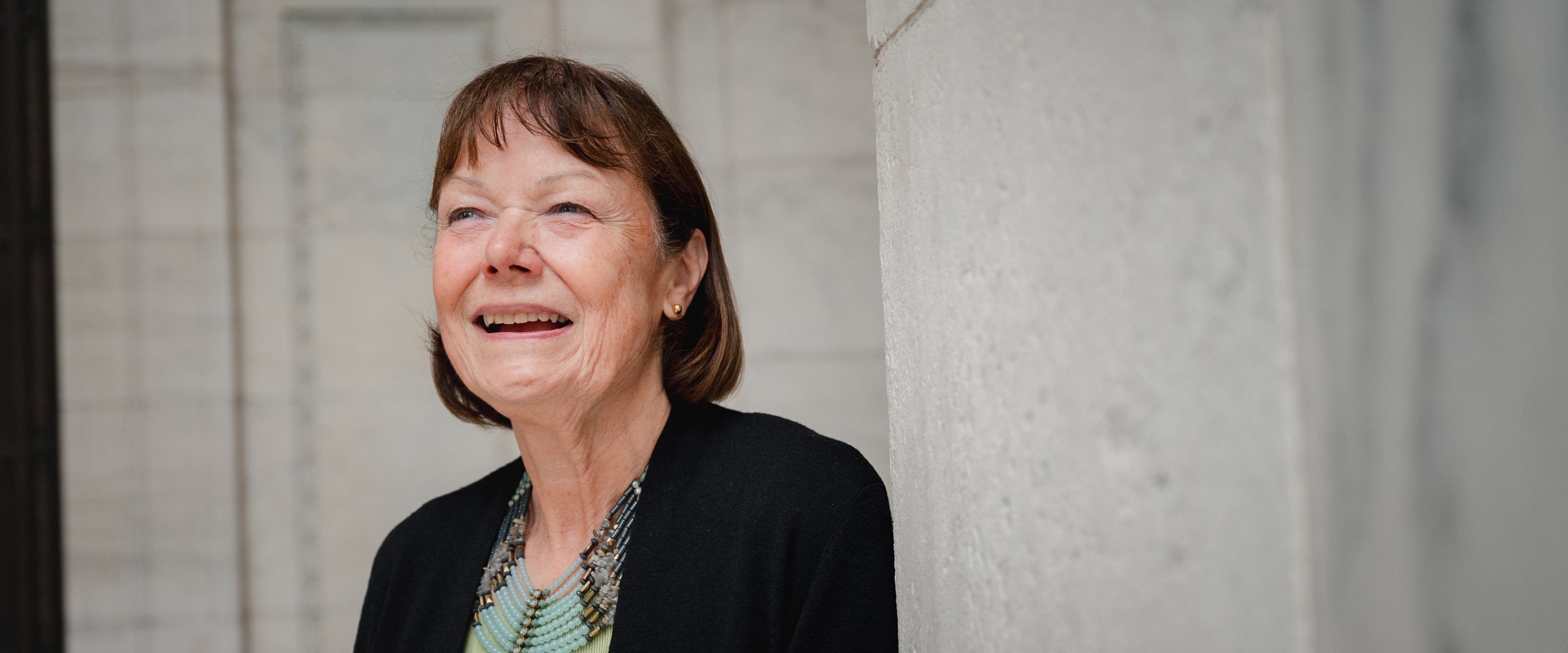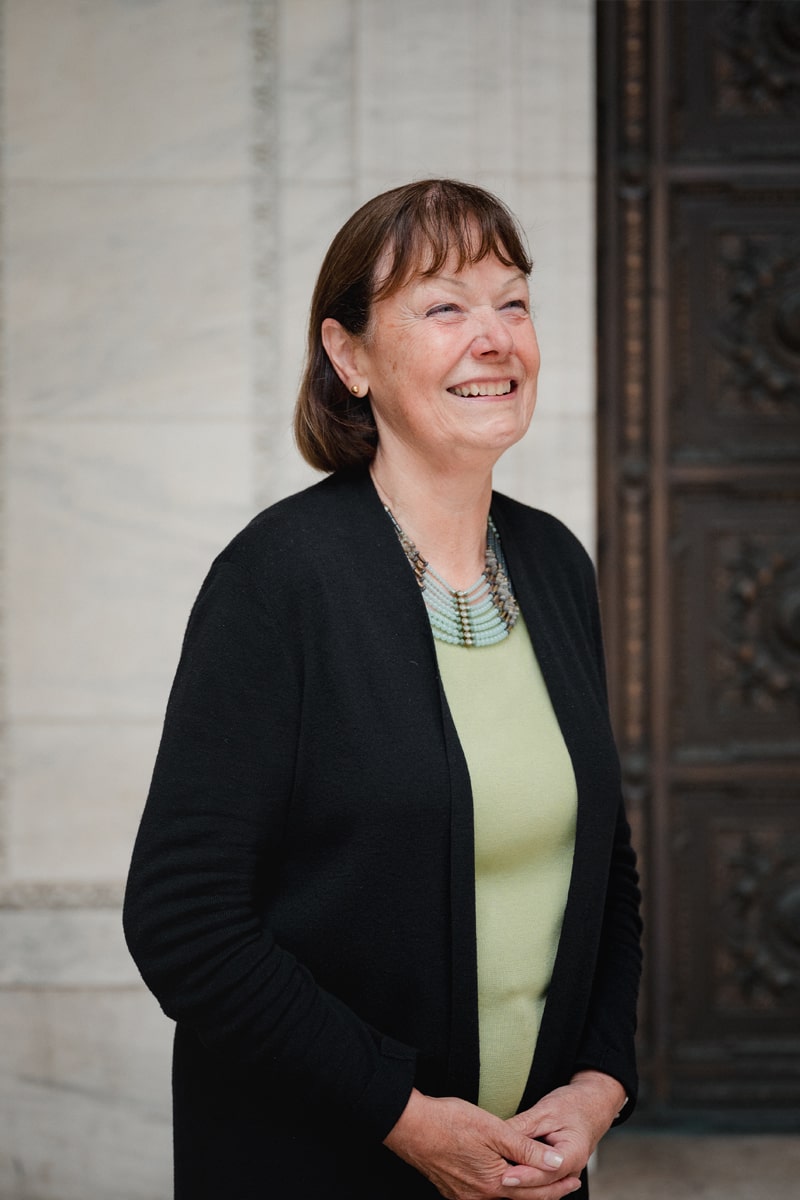In New York City, buildings are the biggest source of greenhouse gas emissions. In fact, nearly 70% of the city’s carbon emissions come from the fossil fuels used to heat, cool and power buildings. In 2019, the city enacted Local Law 97 – widely considered to be the most ambitious building emissions legislation enacted by any city in the world.
The law zeros in on large buildings in New York, setting limits on their emissions and introducing carbon caps and associated fines for buildings that do not comply with a view to make NYC carbon neutral by 2050. Under this groundbreaking law, most buildings over 25,000 square feet will be required to meet new energy efficiency and greenhouse gas emissions limits by 2024, with stricter limits coming into effect in 2030.
To meet a building’s carbon limit, owners can lower carbon directly through energy efficiency and switching to lower-carbon fuels. They can also use credits from eligible renewable energy generation (RECs) or greenhouse gas reduction projects (GHG offsets), or install solar or battery storage onsite to help meet the law’s targets.
Staying ahead of emerging legislation is a challenge for both landlords and tenants – that’s why Avison Young’s interdisciplinary New York team is upskilling and integrating knowledge into our advice to support clients in the face of Local Law 97. Nicky Heryet, Principal who represents both tenants and landlords and Jack Worth, Director of Project Management share their thoughts from both the tenant and landlord perspectives.
“We’ve made a conscious effort to focus on obtaining and understanding as much information about LL97, educating our teams and our clients along the way so that we are all as up to speed as possible,” says Nicky.
“Although the regulations are very new and in fact still evolving, our teams are ahead of the curve and leading the way when it comes to helping our clients navigate this. One of the very first things we do is investigate the landlord and building’s position according to LL97. Specifically, we’re looking at their likely compliance by 2030 and if not, what sort of penalties they may incur. Any tenant signing a 10-year lease now is going to span that period and we don’t want them to have any surprises. We advise on lease clauses to ensure a fair approach to the potential costs, benefits and responsibilities of each party,” she adds.
“We’re partnering with owners in a similar way – helping them understand the requirements, especially during the design process so that they don’t encounter problems down the road,” says Jack.
“Building owners can check their own compliance status using the NYC Accelerator’s Building Energy Snapshot tool to gauge their emissions and potential LL97 fines. We can help them assess and prioritize the need for building upgrades and energy conservation measures, as well as supporting and project managing any retrofit or upgrade works,” adds Jack.
"We also use the NYC Accelerator program when we represent tenants to assess a building’s potential fines," says Nicky.
No matter which side of the lease agreement you are on, collaboration and transparency are key. Owners, occupiers, legal representatives, agents and city councils must work together to create sustainable and energy-efficient spaces.
“The best thing you can do is to be aware and beware. Educate yourself, keep an eye out for red flags, find good partners to help guide you through the process, understand that this is still evolving and know that we’re here to help,” says Nicky.



